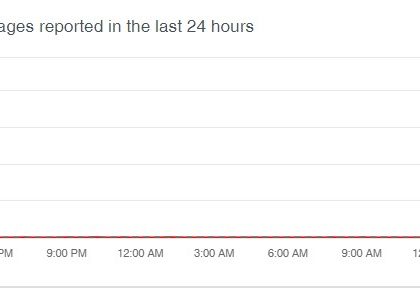Confessions of a former hacker: 5 techniques to make you more secure online [source: yahoo]
by CIRT Team
Consumers are daily targets of email and phone scams, not to mention the frequent cyberattacks on big data. So it’s never been more important to safelock your online security as best as you can.
“The scams are changing everyday and consumers aren’t knowledgeable about the new scams that are going to be used against them,” says Kevin Mitnick, top cybersecurity expert and author of “The Art of Invisibility: The World’s Most Famous Hacker Teaches You How To Be Safe In The Age Of Big Brother And Big Data.”
Formerly on the US government’s “Most Wanted” list in the 1990s for hacking into cellphone companies, Mitnick served five years in prison for computer fraud. Since his release in 2000, he’s built a career as a “white hat” hacker, working as a security consultant for companies around the world. In this new video series,“Confessions…” Yahoo Finance interviews Mitnick to find out what security measures he takes to safeguard his own personal information online.
1) Use a password manager
People are extremely lazy when it comes to setting up their passwords. Over 80% of respondents in a recent survey said they reused the same passwords, according to KeeperSecurity.com.
In that same survey, 60% said they had to reset their password in the past 60 days as it takes 3 to 4 login attempts to remember their password. “But you either have convenience or security. The more convenience you want, the less security you’re going to have,” says Mitnick.
Password managers are difficult to crack because they automatically create and store long randomized passwords for each of your online accounts. Apps like Dashlane and LastPass are highly recommended and both offer free and paid versions. The only thing you need to remember is one master password that Mitnick recommends to be a sentence or phrase with more than 25 characters.
2) Connect with a VPN service
Your hotel, airport lounge, or coffeeshop’s public wifi network is not to be trusted. The only thing you can do safely on a public network is browse the internet. Whenever you’re connecting to an open wireless network, go through a virtual private network, or VPN. For about $60 a year, VPNs encrypt your internet activity so that it’s secure over the public network, making it very difficult for a hacker to get access to that information.
3) Install HTTPS Everywhere
In his book, Mitnick says the best way to be “invisible” is to layer your privacy. While the VPN creates a secure internet connection, he recommends one more layer of protection with a browser extension called “HTTPS Everywhere” that switches insecure “HTTP” sites to secure “HTTPS” and guards against surveillance and account hijacking. This step helps mitigate your risk if you’re planning on logging into your bank or financial institution.
4) Use a separate device for your finances
When logging into his own bank accounts online, Mitnick uses a dedicated device: his iPad Pro. This decreases the chances of anyone hacking into his banking and credit information. Mitnick recommends spending $200 on a Chromebook as an affordable and easy-to-use alternative to a tablet. You can also use this dedicated device when logging into medical sites or any other site that hosts sensitive, private personal information.
5) Set up bank alerts
The earlier you detect fraudulent activity on your accounts, the easier it is to remedy. Log in to your bank and credit card accounts and set up alerts for either every single transaction, or transactions over a certain dollar amount. This way you’ll get an immediate notification via email or text if someone has used your card to purchase something without your permission.
For more, click here.
Recommended Posts

Training on cybersecurity awareness for Department of Women Affairs
25 Nov 2023 - Articles, English articles, News, News Clipping, Service










